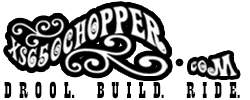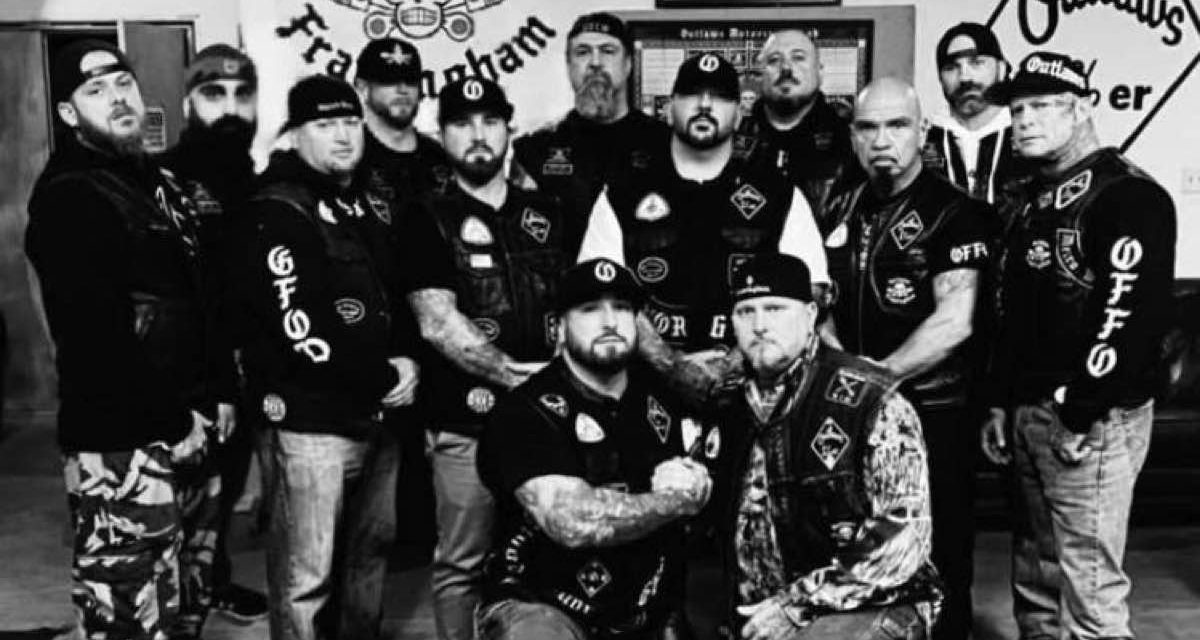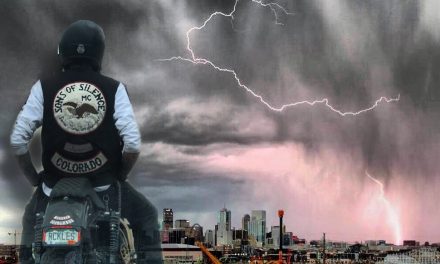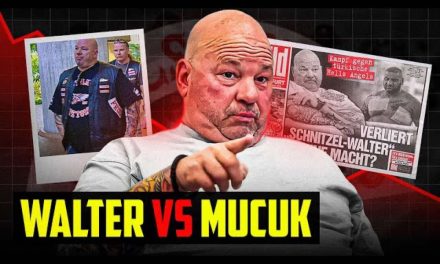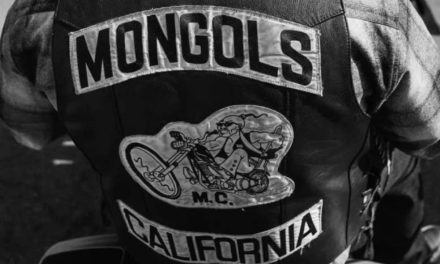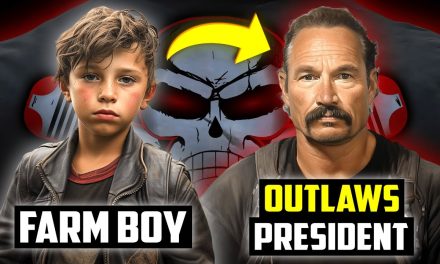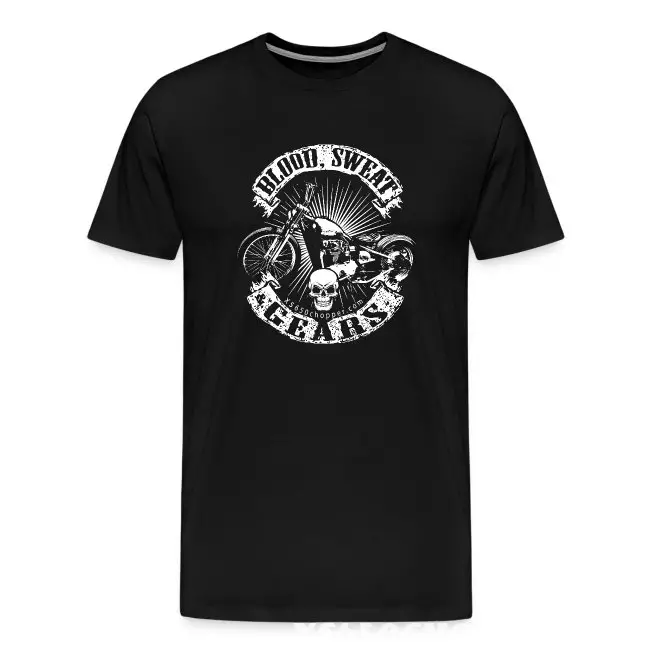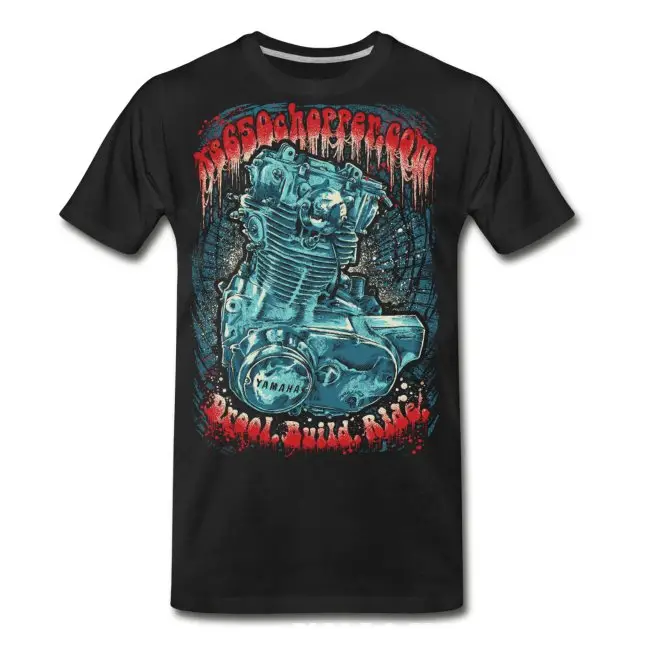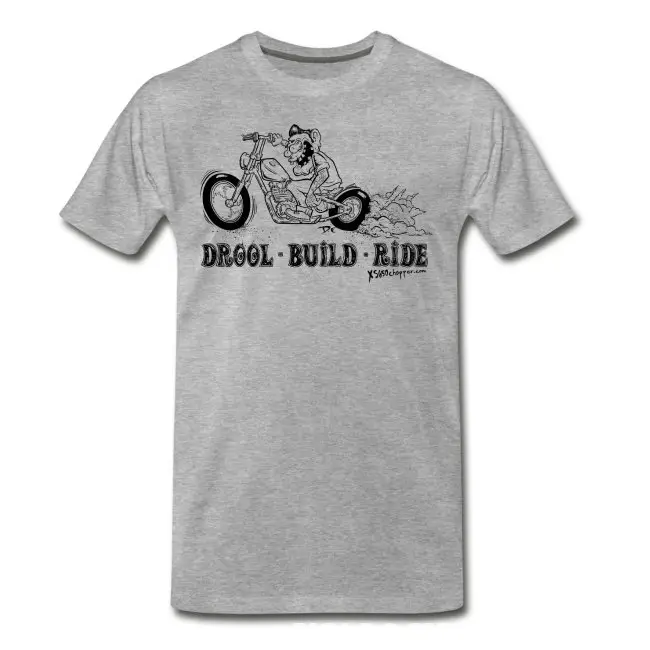1. Founding and History
Imagine cruising down the open road, the roar of engines in your ears, and a sense of brotherhood surrounding you. This is the world of the Outlaws Motorcycle Club, a group with a storied past that you’re about to dive into. Founded in 1935, the Outlaws MC began its journey in Illinois and has since become a symbol of the outlaw biker culture.
With its headquarters established in Houston, Texas, the club has grown significantly over the years. Here’s a quick snapshot of the Outlaws MC by the numbers:
- Founding Year: 1966
- Headquarters: Houston, Texas, United States
- Motto: ‘We are the people your parents warned you about’
- Colors: Red and gold
- Membership: Estimated 2,400+ members worldwide
The Outlaws have garnered a reputation for fierce territoriality and involvement in various criminal activities. They are known for their conflicts with rival biker gangs and law enforcement, which has cemented their place in the annals of biker history.
The Outlaws MC’s motto, ‘We are the people your parents warned you about,’ perfectly encapsulates the rebellious spirit and the unapologetic lifestyle that the club represents.
2. Membership Requirements
If you’re considering joining the ranks of the Outlaws Motorcycle Club, you should know that it’s not as simple as signing up. Membership is a privilege earned through commitment and adherence to the club’s stringent standards. To start, you’ll need to own a Harley-Davidson motorcycle, a non-negotiable requirement that reflects the club’s deep-rooted American biker culture.
The initiation process is rigorous and designed to test your loyalty and dedication. Here’s a glimpse into what you might expect:
- A prospecting period where your compatibility with the club is assessed.
- Demonstrating knowledge of the club’s history and values.
- Earning the trust and respect of existing members.
Remember, Outlaw motorcycle gangs don’t follow traditional laws and regulations. They have their own set of rules that govern their brotherhood. Most people think of them as gangs, but within the community, they’re a tight-knit family bound by their own code.
The journey to full membership is challenging and not for the faint of heart. It’s a path paved with loyalty, respect, and sometimes, a brush with the darker side of the law.
3. Colors and Insignia
When you think of motorcycle clubs, the distinct colors and insignia they wear are often what stand out in your mind. For the Outlaws Motorcycle Club, their colors are a significant part of their identity. The primary colors of the Outlaws are black and white, which are featured prominently on their club insignia, known as the ‘Charlie’ and the ‘Outlaw’ patches.
The ‘Charlie’ patch is a skull over crossed pistons, and it’s a symbol you might recognize. It’s not just for show; it represents the club’s ethos and its members’ commitment to the biker lifestyle. The ‘Outlaw’ patch, on the other hand, is typically worn by fully initiated members and is a badge of honor within the club.
Remember, these colors and patches aren’t just accessories. They’re a declaration of loyalty and a sign of a member’s standing within the club.
Here’s a quick rundown of the key elements of the Outlaws’ colors and insignia:
- Black and White: The club’s primary colors.
- Charlie Patch: A skull over crossed pistons, symbolizing the club’s ethos.
- Outlaw Patch: Worn by full members, signifying full membership and commitment.
While the colors and patches are iconic, they’re also a serious matter within the club. Wearing them without permission can be seen as disrespectful and can lead to serious consequences. So, if you ever come across an Outlaw, you’ll know to respect the colors they wear with pride.
4. International Presence
You might be surprised to learn that the Outlaws Motorcycle Club isn’t just a local group; it has an international presence that rivals even the most well-known clubs. With chapters spread across the globe, the Outlaws have established themselves as a formidable force in the biker world.
- The club’s geographic reach extends to multiple countries, reflecting a significant influence on biker culture.
- Longevity is a key aspect, with the Outlaws’ time in existence contributing to their widespread recognition.
- Their social media presence also plays a role in their international popularity, connecting members and followers worldwide.
The Outlaws’ ability to maintain a cohesive identity across borders is a testament to their organizational strength and the allure of their biker ethos.
While they may not boast the same numbers as the Hells Angels, with over 6,000 members and 467 chapters in 59 countries, the Outlaws’ international network is nonetheless impressive and continues to grow.
5. Rivalries
When you’re looking at the Outlaws Motorcycle Club, you can’t ignore the intense rivalries that define the biker world. The Outlaws MC has a storied rivalry with the Hells Angels, a fact that might have crossed your mind. But it’s not just about these two giants; there are various other biker gangs like the Mongols and the Warlocks that also share a tumultuous relationship with the Outlaws.
The dynamics of these rivalries often shape the culture and actions within the biker community.
While you might think it’s all about turf wars and power struggles, there’s more to it. Influence on biker culture, time in existence, and even social media presence play a role in these rivalries. Here’s a quick rundown of factors that fuel the competition:
- Influence on biker culture: How a gang shapes the broader biker community through events, riding style, and appearance.
- Time in existence: Longevity implies a lasting impact and often garners respect or animosity from other clubs.
- Social media presence: In today’s digital age, a gang’s online footprint can amplify its reputation or notoriety.
6. Criminal Activities
You might have heard about the Outlaws Motorcycle Club’s involvement in various criminal activities. The Department of Justice categorizes them as an Outlaw Motorcycle Gang (OMG), and for good reason. Their rap sheet includes a range of offenses from arson to kidnapping, and even homicide. It’s a stark reminder that the biker lifestyle isn’t all about the open road and camaraderie.
While the romanticized image of bikers may prevail in popular culture, the reality can be much darker. The Outlaws, like some other motorcycle clubs, have a history steeped in illegal activities.
Here’s a snapshot of their alleged criminal undertakings:
- Drug trafficking
- Extortion
- Assault
- Racketeering
Remember, these activities are not just limited to the silver screen; they have real-world implications that affect communities and law enforcement alike. It’s important to distinguish between the myth and the reality of what these clubs represent.
7. Cultural Impact
You’ve seen their influence, perhaps without even realizing it. The Outlaws Motorcycle Club has left an indelible mark on biker culture and beyond. Their legacy extends to the music scene, fashion, and media, shaping the image of the ‘rebel biker’ that’s become iconic.
- The Beatles and punk rock bands have drawn inspiration from the rocker subculture, which shares roots with the Outlaws’ ethos.
- Films like ‘The Leather Boys’ reflect the aesthetic and attitudes that the Outlaws and similar clubs helped popularize.
- The club’s disdain for recreational drug use in its early days set them apart from other subcultures, emphasizing a ‘tough’ image.
The Outlaws’ impact isn’t just about leather jackets and loud motorcycles; it’s about an attitude, a way of life that has influenced generations.
While you might not find them trending on social media, their cultural footprint is significant. From organizing events to defining a riding style, the Outlaws have been more than just a local gang; they’ve been trendsetters in the biker world. Their longevity speaks volumes, with decades of existence underscoring their influence on the community.
